Agile Methodology News
Scrum
155
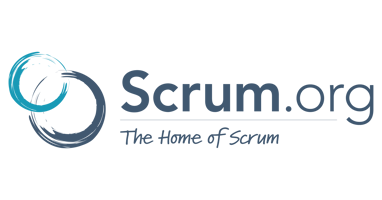
Image Credit: Scrum
Why smaller Scrum teams deliver a bigger impact
- Smaller Scrum teams, consisting of 10 or fewer people, deliver a bigger impact.
- Scrum teams should be small, cross-functional, and self-managing.
- Cross-functional teams collaborate closely, bringing their expertise to create value.
- When teams have autonomy and the skills to deliver, they are more engaged, innovative, and accountable for outcomes.
Read Full Article
9 Likes
Scrum
410
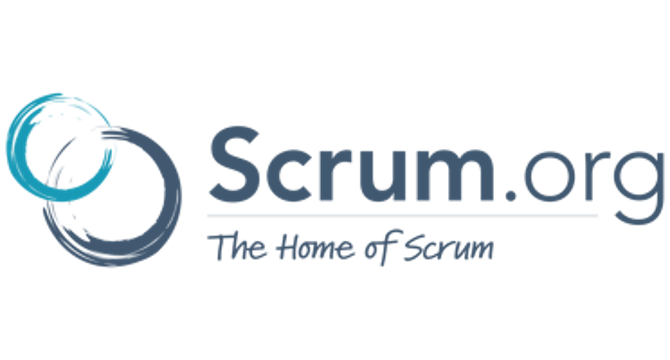
Image Credit: Scrum
Professional Scrum with Kanban Curing Growing Pains at ambarics
- Ambarics software & consulting GmbH & Co. KG faced challenges as it expanded, leading to fragmented communication and operational inefficiencies.
- The implementation of Professional Scrum with Kanban (PSK) by André Bohn addressed these challenges, enhancing transparency and teamwork.
- The team at ambarics adopted a step-by-step approach, focusing on core elements, such as establishing a Definition of Workflow and a digital Kanban Board.
- Limiting Work in Progress (WiP) to five items per person per week facilitated workload management and improved task completion.
- The transition to PSK resulted in improved visibility, customer interactions, and collaboration among team members, boosting productivity and customer satisfaction.
- The implementation led to a 75% reduction in planning session time, translating to a productivity gain of around 14% for the team.
- Continuous improvement and adapting PSK to fit their business needs were key factors in ambarics' success.
- Future directions for ambarics include using more Flow Metrics, refining workflows, and potentially commercializing their system as a service.
- Implementing PSK enhanced discussions about work and decision-making, fostering a culture of continuous improvement and customer success at ambarics.
- The case study emphasizes the unique approach taken by ambarics and the significance of patience and adaptation in organizational transformations.
Read Full Article
24 Likes
Scrum-Master-Toolbox
102

Karen Suarez: When a Scrum Master Needs to Hire a Manager, An Organizational Design Story
- Scrum Master, Karen Suarez, shares her experience transforming a company with departmental silos.
- By identifying interested individuals in other departments, she fostered collaboration and formalized the Product Owner role.
- Regular collaboration routines were created between QA, development, and deployment teams.
- To bridge trust issues, Karen recognized the need for hiring a manager beyond the Scrum Master role.
Read Full Article
6 Likes
Testim.io
401
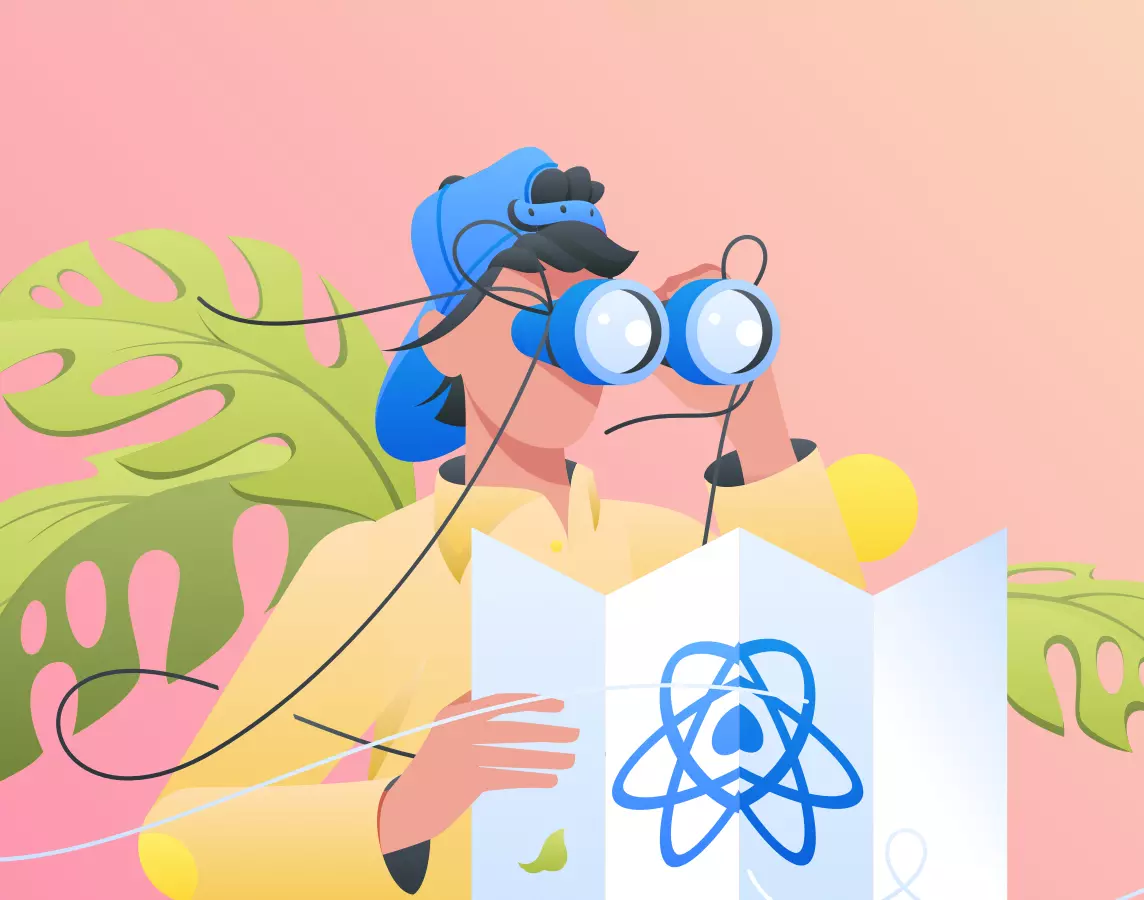
Image Credit: Testim.io
React Native Unit Testing: A Complete Getting Started Guide
- React Native unit testing focuses on testing the smallest testable parts of a React Native app to ensure expected behavior.
- Modular React Native unit tests increase project performance and simplify code maintenance.
- Popular React Native unit testing frameworks include Jasmine, Enzyme, Jest, and Mocha.
- React-native-testing-library is recommended for testing React Native components due to its compatibility with the latest React features.
- Mocha offers flexibility and configuration options suitable for large-scale projects, while Jest, inspired by Jasmine, is a simpler choice for React Native unit testing.
- Jest, developed by Facebook, is integrated with React and supports testing various JavaScript frameworks.
- Configuring Jest for React Native unit testing is straightforward, making it a preferred option for many projects.
- Jest allows testing of functions, strings, arrays, Booleans, elements, and automocking of modules.
- Snapshot testing in Jest provides a quick way to verify user interface changes without waiting for app builds.
- React Native unit testing with Jest includes manual mocking for control over external dependencies and automocking for emulating module behavior.
- Unit testing elements in a React Native app's view can be done using react-test-renderer for specific element validation.
- Jest offers features like skipping broken tests, expressing Boolean data with toBeTruthy and toBeFalsy, and comprehensive testing capabilities for React Native apps.
Read Full Article
24 Likes
Discover more
- Programming News
- Software News
- Web Design
- Devops News
- Open Source News
- Databases
- Cloud News
- Product Management News
- Operating Systems News
- Computer Engineering
- Startup News
- Cryptocurrency News
- Technology News
- Blockchain News
- Data Science News
- AR News
- Apple News
- Cyber Security News
- Leadership News
- Gaming News
- Automobiles News
Kanbanzone
133

Image Credit: Kanbanzone
How to Supercharge Kanban in Warehousing with Advanced Digital Tools
- Warehouses have evolved from chaotic setups to efficient operations with the adoption of Kanban and digital tools.
- Kanban in warehousing involves using visual signals to control inventory movement, ensuring timely replenishment.
- Advanced digital tools like Warehouse Management Systems (WMS) enhance Kanban by automating tracking and restocking processes.
- RFID, barcode scanners, IoT, AI, and machine learning technologies optimize inventory management and prevent errors in warehouses.
- Mobile apps connected to WMS platforms enable real-time updates, notifications, and efficient communication for warehouse workers.
- Integrating Kanban with digital tools reduces overstocking, speeds up replenishment, minimizes human errors, and increases overall efficiency.
- Data-driven decisions, predictive analytics, and improved operational workflows are the outcomes of combining Kanban with digital technologies in warehouses.
- Implementing digital Kanban involves assessing current processes, selecting suitable tools, integrating systems, training staff, and continuous optimization.
- By embracing digital Kanban, warehouses can operate smoothly, improve inventory management, and enhance overall business operations.
- The integration of advanced digital tools with Kanban transforms warehouses into well-managed, efficient hubs that adapt to modern logistics demands.
- Embracing digital transformation in warehouses ensures smoother operations, balanced inventory levels, and increased efficiency, paving the way for future success.
Read Full Article
8 Likes
Scrum-Master-Toolbox
169

Karen Suarez: How to Design Communication Channels to Protect Agile Team Focus, and Avoid Interruptions
- Karen Suarez developed strategies to balance protection with accessibility for her agile team of 15-20 people.
- She established "office hours" for interruptions and created dedicated communication channels.
- The team used Slack to collect stakeholder questions and always included the Product Owner in change requests.
- This approach maintained team focus while keeping communication lines open.
Read Full Article
10 Likes
Medium
406
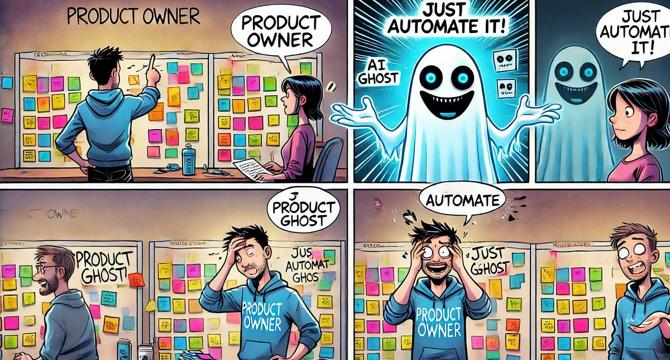
Image Credit: Medium
AI Will Expose Bad Product Owners — Brutally
- AI-generated backlogs can lead to chaos and inefficiency in product development.
- A bad Product Owner blindly follows AI predictions and doesn't understand the user stories.
- Unclear requirements, random feature creep, and excessive meetings result from AI-driven priorities.
- The real problem lies in bad product thinking, not AI itself.
Read Full Article
24 Likes
Scrum
312

Image Credit: Scrum
The Hidden Test: Integrity, AI, and the Future of Leadership
- The real test of professionalism lies in moments of solitude, where integrity is truly tested.
- Small ethical lapses in the workplace can lead to significant consequences, influencing technology like AI.
- AI learns from human decisions, which can perpetuate biases and ethical dilemmas at a larger scale.
- Examples like the Wells Fargo scandal and Facebook's privacy issues highlight how minor breaches can escalate.
- AI can magnify biases in hiring processes but can also be utilized to counter discrimination and promote inclusivity.
- The transparency and ethics of AI decisions are crucial for mitigating risks like deepfake scams and misinformation.
- Leaders need to audit AI outputs, provide ethics training, ensure explainability, and establish ethics review boards for responsible AI governance.
- Leaders must lead with integrity to set an example for ethical decision-making, influencing both human behavior and AI algorithms.
- AI's ability to learn from human biases can create a feedback loop that perpetuates discrimination and unethical practices if left unchecked.
- The culture of integrity and ethical leadership starts with conscious choices made daily in the workplace, shaping the future of AI and organizational ethics.
Read Full Article
18 Likes
Scrum
49

Image Credit: Scrum
Scrum Masters should be willing to get fired
- Scrum Masters and Agile Coaches should be prepared to get fired to address unresolved impediments.
- Teams often face persistent problems but are afraid to discuss or lack constructive solutions.
- Scrum Masters and Agile Coaches need to share their observations without fear or judgment.
- Being too attached to their role can hinder their effectiveness in resolving impediments.
Read Full Article
2 Likes
Scrum
344
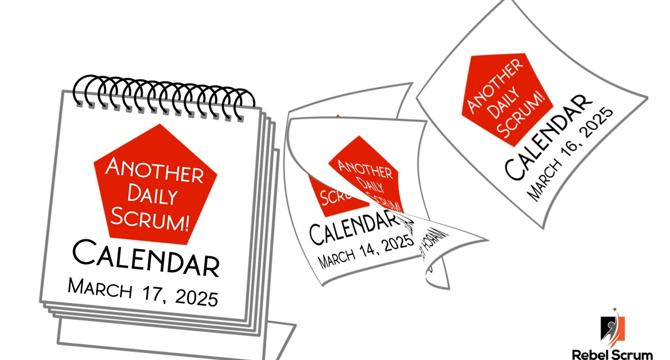
Image Credit: Scrum
You'll hate the Daily Scrum until you love it
- The Daily Scrum is a 15-minute daily check-in for Developers in Scrum.
- It shortens hand-offs and keeps work progressing without delays or stalling.
- The Daily Scrum provides a reality check, helps in learning from teammates, and helps spot problems faster.
- Asking for help becomes easier, it saves time, and it ensures work doesn't turn into emergencies.
Read Full Article
20 Likes
Scrum
303
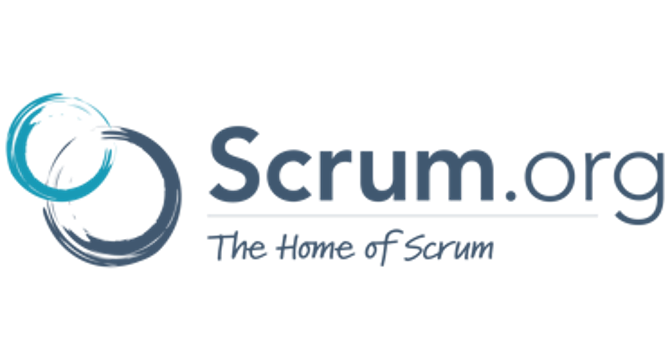
Image Credit: Scrum
6 Professional AI Prompts for Scrum Masters
- AI technology has enabled computers to understand human language, creating new opportunities.
- To effectively communicate with AI tools, learning how to guide them is essential.
- The article provides 6 professional prompts for Scrum Masters on various topics.
- These topics include creating Sprint and Product goals, removing impediments, and conflict resolution.
- For example, creating Sprint Goals involves breaking down goals and using the FOCUS model.
- Creating Product Goals involves aligning goals with the SMART model boundaries.
- Removing impediments requires creating a plan and utilizing collaboration tools.
- Creating Definition of Done involves listing process, technical, and delivery expectations.
- Improvement suggestions based on DORA metrics aim to enhance team performance.
- Conflict resolution strategies include setting the stage with relevant questions and fostering collaboration.
Read Full Article
18 Likes
Medium
2.5k

Image Credit: Medium
Jeff Bezos is a Genius in Management. Now, Science Agrees with Him.
- Amazon's market share in the cloud computing industry has consistently remained at the top, with competitors like GCP (Google Cloud Platform) and Microsoft Azure chasing AWS.
- Amazon's innovation can be attributed to their approach in organizing teams and meetings, known as the 'two pizza rule,' where teams must be small enough to be fed by two pizzas.
- AWS, launched in 2012, made a significant impact on the Japanese market, leading many IT companies to shift from on-premise to cloud-based infrastructure.
Read Full Article
33 Likes
Scrum
53

Image Credit: Scrum
The AI Gold Rush: The FOMO Trap
- AI adoption driven by FOMO can lead to wasteful and ineffective implementations.
- AI is a tool, not a strategy. It should align with well-defined business goals.
- Implementing AI without a clear roadmap can result in chaos and resistance from employees.
- A smarter approach is to start with targeted AI applications, measure impact, and scale strategically.
Read Full Article
3 Likes
Medium
31

Image Credit: Medium
From Chaos to Productivity: How Programming and Agile Methods Saved a Lot of Time at My Work
- Using programming knowledge and Agile methodologies, the author optimized their work and increased productivity by applying project management methods like Kanban and Scrum.
- Kanban and Scrum are not limited to the field of programming and can be used in various industries for organizing work, tracking progress, and identifying bottlenecks.
- Applying Kanban and Scrum in the author's new job helped overcome chaos and improve productivity.
- Continuous learning and adapting to change are emphasized as key factors for success.
Read Full Article
1 Like
Scrum
143

Image Credit: Scrum
The Empathetic Leadership - Part 3
- Being an empathetic leader can make you unfavorable with top management, as some companies prioritize profits over people.
- Constantly absorbing others' emotions can be emotionally draining and impact your mental well-being.
- While empathy can inspire employees to give their best, some may see it as weakness and take advantage of you.
- Being empathetic means making tough decisions that may hurt people, such as letting go of employees or cutting budgets.
Read Full Article
8 Likes
For uninterrupted reading, download the app